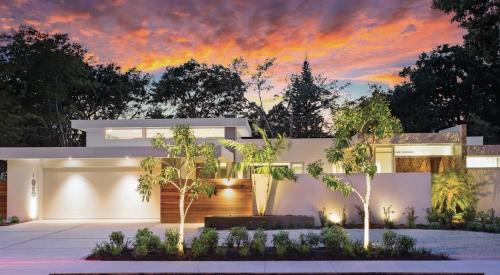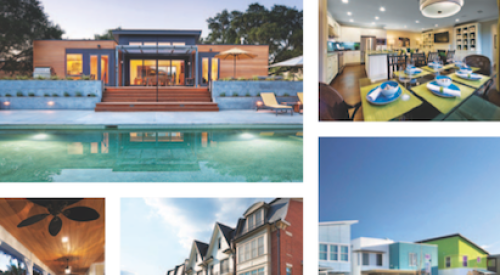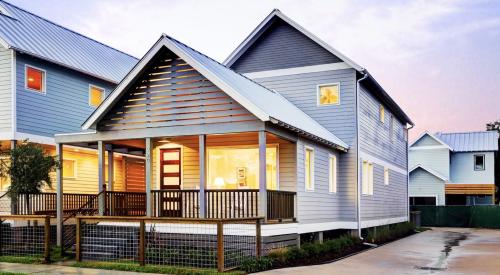 |
|||||||||||||||||||||||||
|
Drawing its inspiration from small town America, Celebration established the town square as the heart of the community and planned for a remarkably diverse mix of housing.
|
|||||||||||||||||||||||||
|
|
|||||||||||||||||||||||||
Celebration is not an accidental community name. Hundreds of articles, and to date, two books, have been written about this free-standing Florida community. It is, frankly, an experiment. Yet, it has inspired an exceptional wave of critical thinking about how communities are designed, how they function and what can be done to adapt the qualities of historical Americana to contemporary development challenges.
The project, with its 8,000 residential units achieves a mix of housing unimaginable for most real estate developers, with rentals and townhouses seamlessly integrated among single-family homes and mansions. It also offers 3.1 million square feet of workspace and 2.13 million square feet of retail space, including a centralized Main Street district that was built out long before there was a critical population mass to support it; certainly contrary to conventional wisdom.
Perhaps Celebration's most significant contribution is a reminder of the lesson from small towns throughout the Nation: the realm of public space is really important. From the town square to the neighborhood streetscape, this part of the community deserves extra-sensitive treatment. It is where the interchanges that energize the community take place. Attention to detail there is everything. Celebration is often touted as one of the icons of "new urbanism." That is certainly appropriate, but that label fails to capture how powerful aesthetic qualities are in defining community. It has been said that quality is attention to detail. It may be that Celebration has taken that idea to impractical (un-reproducible) extremes. That is what prototypes do.












